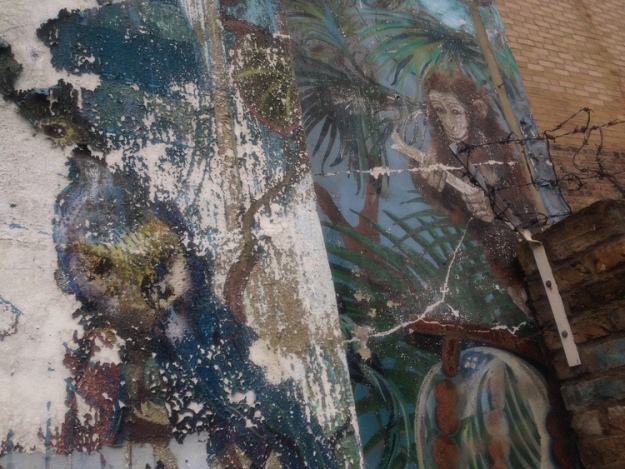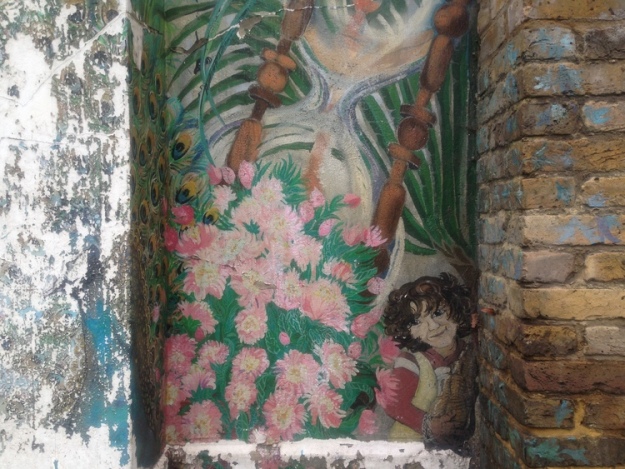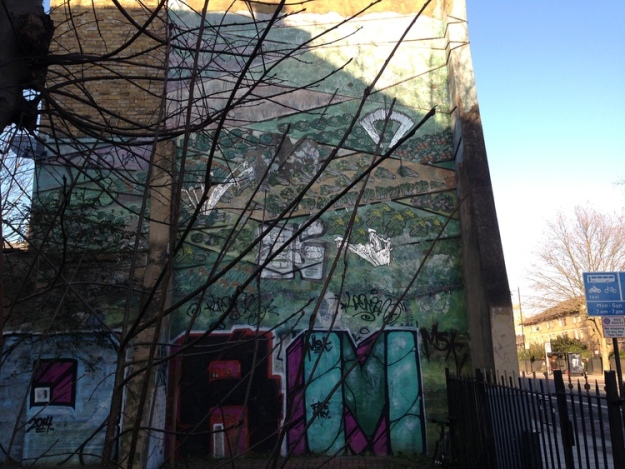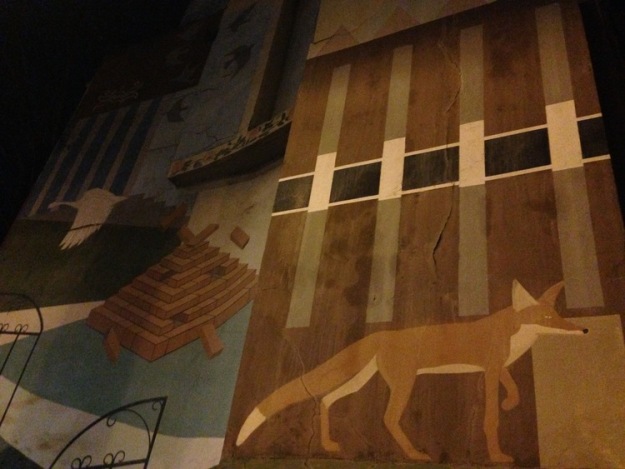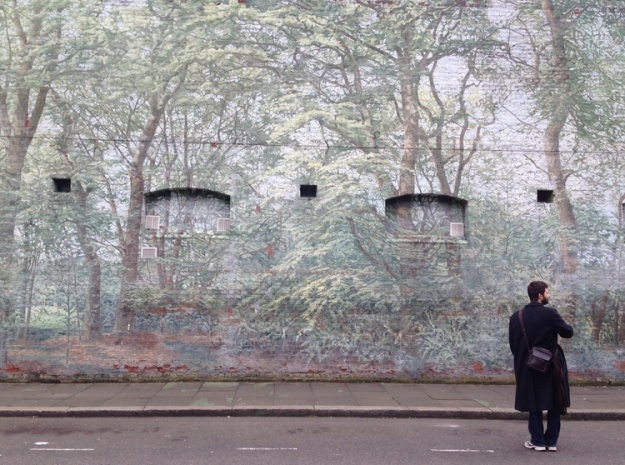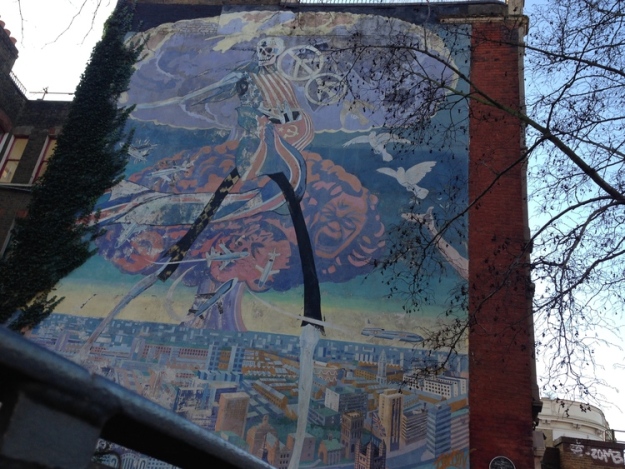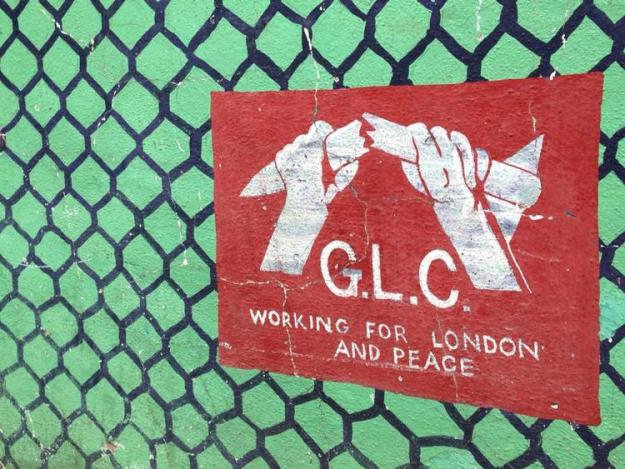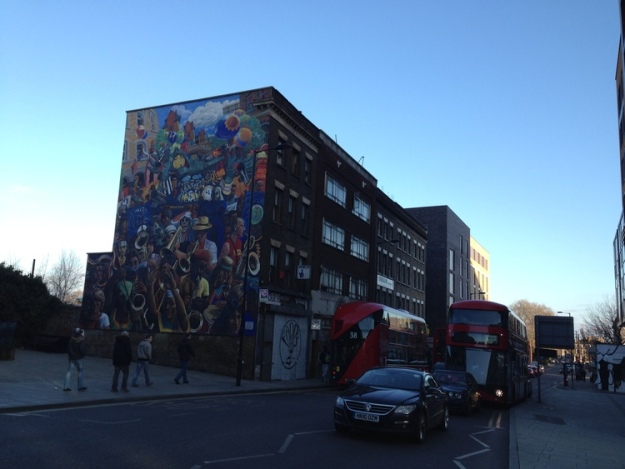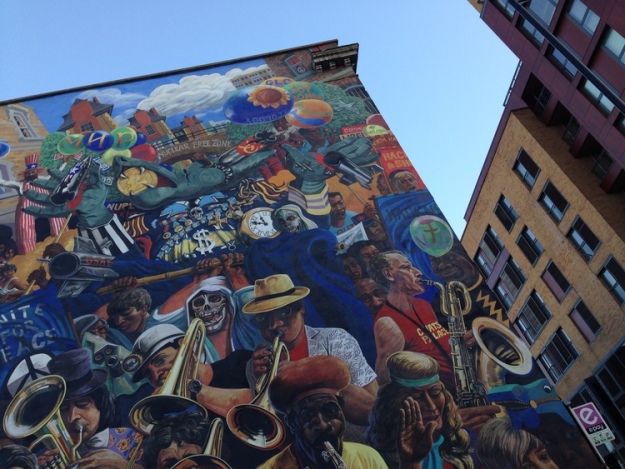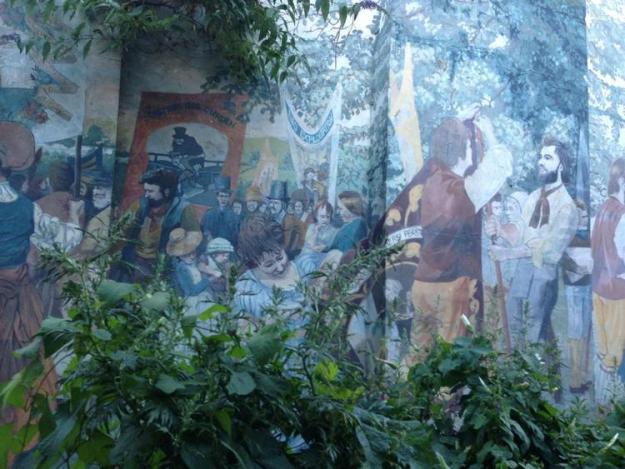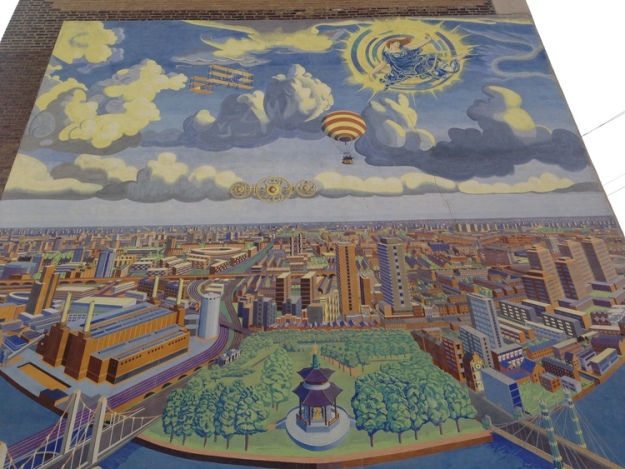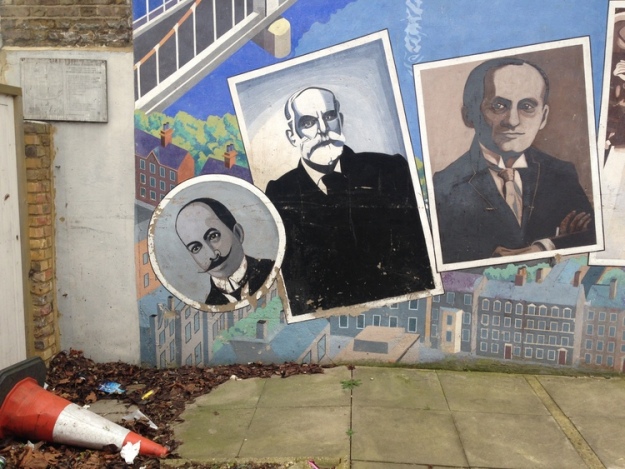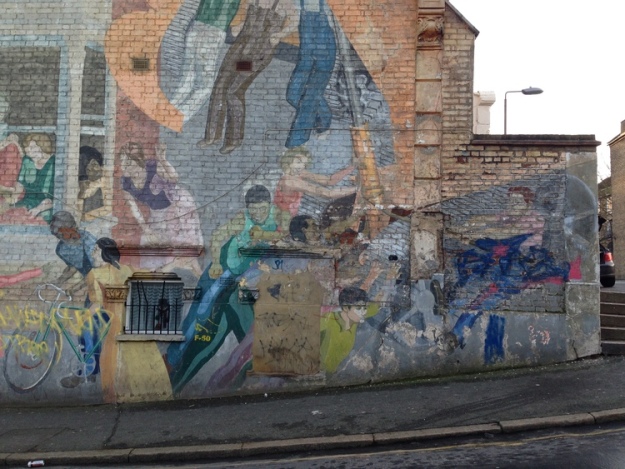Every fortnight I’m posting a short story from the history of climate change over at the climatehistories site I’ve set up.
Here’s post number one. If you want to read more, head over to climatehistories.
Story one. The chemist with a broken heart
The history of climate change science is, at least in part, a story of side-projects – things people do when they probably should have been working on something else.
Humans knew climate change was a thing from roughly the start of the 19th century, but it was a while before anyone bothered investing much energy properly investigating the topic. It just wasn’t a big deal, there were other more pressing things to be looking into. So, at least in the early days of unravelling this thing we now call global warming, research was left to the enthusiasts, the easily distracted, the bored or the eccentric.
Here’s a story of one such side-project. One that wasn’t taken seriously at the time, but is now considered central to the history of climate change science. It’s also a story of a broken heart (or at least a broken relationship), maths and volcanoes.
Meet our chief protagonist, Svante Arrhenius – Nobel winning Swedish scientist and, for several decades, director of the Nobel Institute. Trained as a physicist, a lot of his work bordered on chemistry, and arguably he helped found what we now call physical chemistry. He looks terribly serious in photos, but his Nobel Prize bio assures us he was “a contented man, happy in his work and in his family life.”
Arrhenius was born in 1859, in Vik in the South East corner of Sweden where his father managed land for the University of Uppsala. There are stories about him being a bit of a prodigy – teaching himself to read aged 3, then learning maths by watching his father add up his accounts. But there are always stories like that about great scientists. What we do know is that he did pretty well at school and went on to study maths, chemistry and physics at the university.
In 1883, he published a PhD thesis exploring the electrical conductivity of salt solutions. It did not do well at first, only receiving a fourth class mark. Perhaps it was just a bit ahead of its time, or a little too much like chemistry for physicists to really get a handle of. Still, a chemistry professor picked it up, publishing a favourable review, and Arrhenius took it upon himself to send copies to prominent scientists across Europe, some of whom were really impressed. Job offers and opportunities to travel and develop his ideas followed. Arrhenius bagged the Nobel prize in 1903, humanity gained a load more knowledge of electrolytes and a whole field of physical chemistry opened up.
Or at least that’s the potted history you might get in the box at the side of your textbook, possibly placed for a bit of a break from acid/ base equations. But as any historian of science knows, it’s the stuff you find behind those boxes that’s the most fun.
Enter Sofia Rudbeck, one of the first women to earn a bachelor degree in science from Uppsala University. The Dictionary of Scientific Biography describes her as Arrhenius’ “best pupil and assistant.” But the entry is more interested in the conductivity of salts than scientists’ personal lives. So if you want details of them shagging round the back of the conical flask cupboard you’ll have to make it up yourself. What we do know is that they married in 1884 and had a son, Olof, but the marriage was unhappy, and they divorced in 1886.
This is where we get to the side project. The divorce was stressful. Arrhenius was worried he’d lose contact with his son. He found temperature calculations soothing. So, for months and months he’d scribble away with his pencil calculating the atmospheric moisture and radiation entering and leaving the Earth for each zone of latitude.
This was not the sort of project that, at the time, was seen as a sensible thing for a scientist to be devoting their energies to. The data Arrhenius was basing his calculations on wasn’t even that rigorous, and he simplified the climate system in immensely. But it wasn’t necessarily meant to be scientifically significant. It was just therapy. Maybe he picked it precisely because it wasn’t all that important – it was something he could have a play with.
Crucially, Arrhenius wasn’t really concerned with the idea that the planet might warm up. He was much more worried it’d get cold. This was not a new idea, or a new concern. People had long puzzled about why the ice age and other climatic changes had come about. Scientists had worked out the greenhouse effect, even if they didn’t call it that then (we’ll do that story another week, it includes a truly outstanding scientific beard). They’d wondered about the carbon emissions from volcanoes, and how soils and oceans absorb carbon too, and worried that if volcanoes stopped erupting, maybe global temperatures might take a nose dive. Arrhenius gave a mathematical basis to these concerns, and his calculations showed that halving the amount of CO2 in the air would cool the world by 5 degrees C – enough to bring on another ice age.
This might have stayed a footnote to Victorian obsessions with the ice age if it wasn’t for a colleague of Arrhenius, Arvid Högbom. He’d been studying the carbon emissions of volcanoes and how things like the oceans absorbed carbon and had what was, for the time, a pretty weird new idea. What about all these new factories that had sprung up over the past century? What about man-made carbon emissions?
Högbom’s sometimes ignored in the history of climate change science. He certainly doesn’t have the profile of a Nobelist like Arrhenius. But arguably his contribution was one of the most important. He brought the idea of man-made global warming to the table.
The amount of carbon dioxide Arrhenius and Högbom were talking about wasn’t that much though, atmospherically speaking – for every thousand bits of atmosphere, the coal burnt in 1896 would add maybe add just one more bit of carbon dioxide. But these additions could make a difference if they continued long enough. Arrhenius ran the maths, just as he had run the maths imagining a lack of carbon dioxide, and calculated that doubling carbon dioxide emissions could raise the Earth’s temperature by five or even six degrees Celsius.
Still, Arrhenius wasn’t too worried. Like most 19th century Europeans, he tended to see technological changes as progress. And if it caused new problems, the scientists and engineers would create new ways out of them. Plus, anyway, these calculations still figured five degree warming would take thousands of years. The global population in the 1890s was only a bit over a billion (compared to the 7.4 billion it’s estimated to be today), with the bulk living in poverty. The idea that humans could impact the planet in such a way was the stuff of science fiction stories.
As historian Spencer Weart puts it, this was common sense at the time: “Hardly anyone imagined that human actions, so puny among the vast natural powers, could upset the balance that governed the planet as a whole. This view of Nature – superhuman, benevolent and inherently stable – lay deep in most human cultures. It was traditionally tied up with a religious faith in the God-given order of the universe, a flawless an imperturbable harmony. Such was the public belief, and scientists are members of the public, sharing most of the assumptions of their culture.”
There were, at the time, good scientific reasons to doubt Arrhenius’ work. Simple lab measurements seemed to refute the idea. Other scientists argued convincingly that the oceans would soak it up, or clouds would reflect the sunlight back into space. And this Arrhenius dude, he always had crazy new work going on. Climate calculations weren’t his only side project – he had ideas about immunity, bacteria, and an explanation for the origin of life involving seeds being transported from interstellar space by the pressure of light. He was just a super-clever guy playing around with ideas and numbers to see what would come out.
By 1910 most scientists had thrown out Arrhenius’ work on climate change entirely, even if later they were to come back to it. They were, in a way, the first climate sceptics. Back then, arguably, it was a pretty sensible position to hold, even if that was to rapidly change as the 20th century got underway. But more on that another time.
And I don’t know what became of Sofia Rudbeck. If anyone has any clues, I’d love to hear them.
Next up: A Cold War yarn about a father, a son and their very curvy graph.

